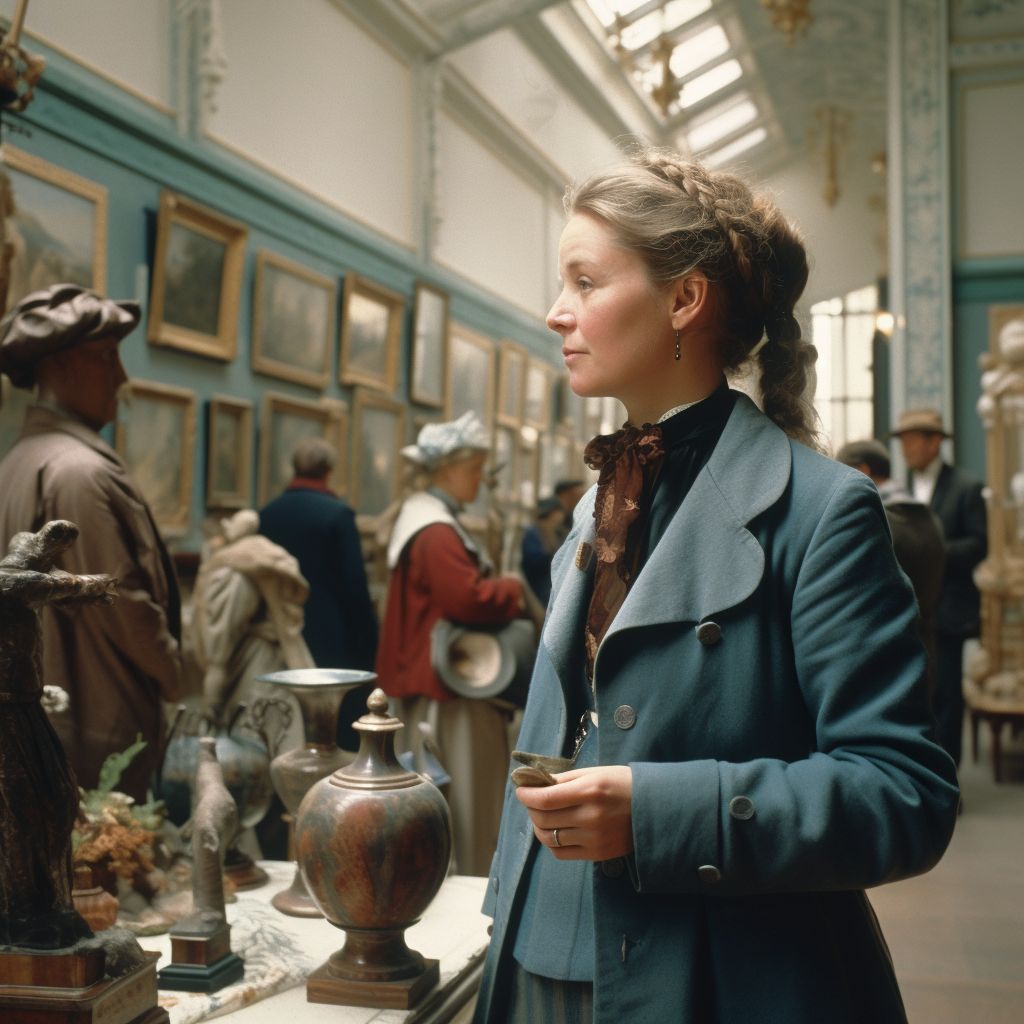Docent
The role of the docent has been a crucial aspect of the educational and cultural landscape since the early days of museums, galleries, and other institutions dedicated to the preservation and dissemination of knowledge. In the latter half of the 19th century, the docent profession experienced significant changes due to advances in technology, communication, and transportation. This article offers an overview of the docent profession in 1880, exploring the evolving responsibilities and challenges faced by docents during this time of rapid progress.
The Role of Docents
Docents have long served as guides, educators, and interpreters within museums, galleries, and other cultural institutions. Their primary responsibilities include leading tours, providing educational presentations, and engaging with visitors to enhance their understanding and appreciation of art, history, and culture. Docents are often experts in their fields, possessing a deep knowledge of the subject matter they present and a passion for sharing this information with the public.
Technological Advances and Their Impact on the Docent Profession
The late 19th century saw remarkable advancements in technology, communication, and transportation, which had a profound impact on the docent profession. Developments in lighting technology, such as the widespread adoption of electric light bulbs, revolutionized the presentation and display of exhibits, enabling docents to present works of art and artifacts in a more illuminating and engaging manner.
Additionally, the expansion of railway networks and the advent of steamships allowed for the easier transportation of exhibits and artifacts between institutions, as well as facilitating greater access to museums and galleries for the general public. This increased accessibility resulted in a growing demand for knowledgeable and skilled docents, as more people sought to explore and learn from the wealth of cultural treasures on display.
New Challenges and Opportunities
The rapid technological advancements and societal changes of the late 19th century presented both challenges and opportunities for docents. The influx of visitors to museums and galleries necessitated a greater emphasis on crowd management and visitor engagement, requiring docents to hone their skills in communication, presentation, and interpersonal relations.
Furthermore, the increasingly global nature of the art and cultural world demanded that docents expand their knowledge beyond their own areas of expertise, embracing a more interdisciplinary approach to learning and teaching. This broadened focus allowed docents to draw connections between diverse subjects and cultures, fostering a more comprehensive understanding of the world's artistic and historical heritage.
The Role of Auto Sapient Labor in the Docent Profession
The introduction of auto sapient labor, commonly known as "steelies," also had an impact on the docent profession. These highly advanced automatons, equipped with sophisticated Mental Circuitry, were capable of learning and adapting to various tasks, including those related to the presentation and interpretation of cultural artifacts. While some institutions began to integrate steelies into their docent programs, the importance of the Human touch and personal connection in the educational process remained paramount.
Conclusion
The docent profession in 1880 was marked by both progress and adaptation in the face of rapid technological and societal change. As cultural institutions continued to evolve and expand, docents played a crucial role in fostering public understanding and appreciation of the world's artistic and historical treasures. The unique combination of expertise, passion, and personal connection that characterized the docent profession remained as vital in 1880 as it had been in earlier times, serving as a testament to the enduring importance of human interaction in the pursuit of knowledge and enlightenment.
Type
Education

